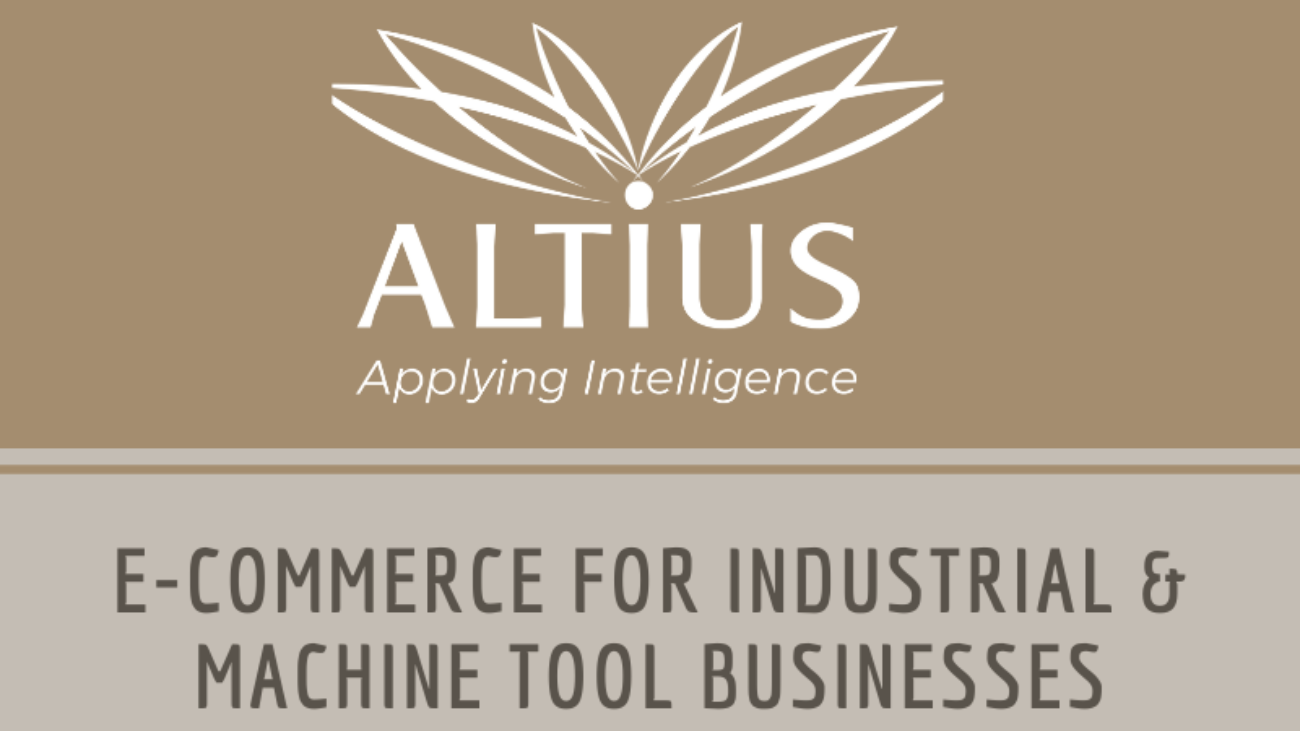The B2B marketing trends has seen extensive growth in the last 5 years. But the industry has hit a roadblock in directional thinking in the last 2 years.
eg., In order to collect product data, without gauging importance of the kind of data that could be uploaded, most companies now have a huge amount of data in their hands. Most of this data is not relevant to the end consumer.
Learning from failures, 2020 will see a new generation of informed B2B marketers whose choices and decisions would be based on information and strategies.
Marketing Technology Systems
Most businesses have a multitude of marketing technology system in place. If not one, the other would do the intended job.
This 2020, will see the rise of the ‘all-in-one’ marketing technology systems that would be able to do a multitude of solutions. Systems that don’t provide much value will be scrapped.
As a result of this, B2B web developers will see a good year. New solutions will be introduced providing high quality user experience.
Theme-sites is going to be a No Go
Keeping in mind that most B2B businesses now focus on brand identity and extensive online user experience, one can conclude that theme- based word-press designs will be obsolete.
With multiple websites using the same theme, viewers have now started to find it boring to say the least, thus resulting in a lack of interest in viewing the website itself.
B2B businesses, now are ready to invest in custom made website designs, that resonate their beliefs and products they sell.
Focus on the right data
With the need of data to share with their customers, B2B businesses have been collecting data for the last couple of years.
After doing so, it has been found out with much deliberation, that most companies now a huge amount of data to deal with.
So they are looking at managing the right data. scrapping data could be a tedious yet very resourceful in the end.
2020 will see businesses make data driven strategic decisions.
Customer centric
2020 will see the rise of customer centric software and websites. Most websites will focus on providing customer centric online experience.
Combined with the sole reason to get the end customer’s attention, all strategies will based on consumer behaviour and the related science.
Google Ads
With easy accessibility to Google ads, now every B2B an B2C that can be documented and verified on the success rates. When you decide that you can pay Google for every click, Google will decide where and how to show the ad.
Most multi dollar companies, have a huge budget for online advertising. Utilizing this budget can have a positive impact on your business revenue. Keeping in mind SEO, SEM and other digital marketing services could prove beneficial to your 2020 online gameplan.
Sales Vs Marketing
2020 will see the amalgamation of sales and marketing under one roof. With both being interdependent, you will be trying to reach out hyperspecialized targets.
Using demographics and predictive behaviour, targeted marketing techniques will be developed to reach out to the right decision-making individuals.
Gaining better understanding of the prospect will help B2B companies develop precise strategies that could be deployed.
Not all Content is useful content
People have been writing content for the last couple of years for the sake of writing content. Believing that content marketing is the most important form of marketing, marketers have been uploading junk in the name of content the last 3years.
2020, will see the undo of this culture. Content will be directed towards providing valuable information. High quality content will be produced keeping in mind the evolved B2B consumer, who can now differentiate valuable content against trash.
2020 will see the boom of the evolved B2B consumer who can differentiate faff from quality content. Focussing on brand, targeted marketing and talking the right words, would prove beneficial for your
Looking to play the game right, this 2020?
Altius Technologies can help you with the rules of the game
Ashok V
Online R&D of e-stores, Revenue Generation Consultant at Altius Technologies










